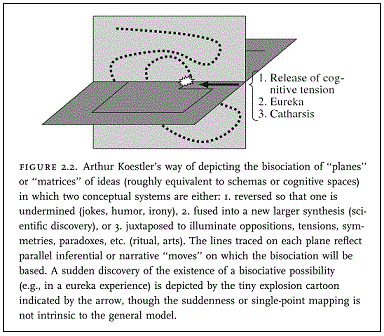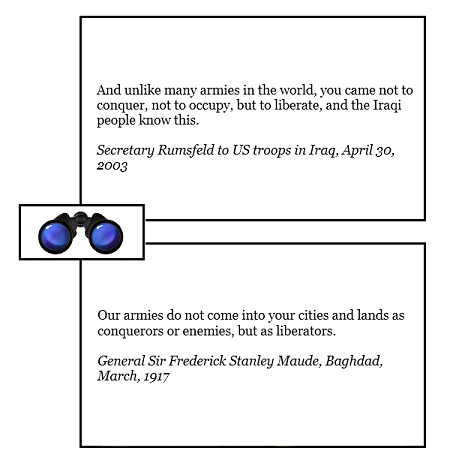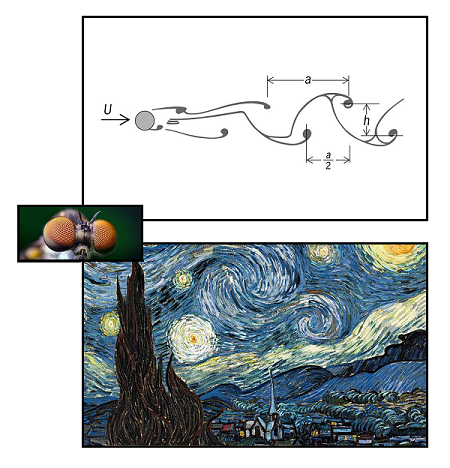Variations on the Blue Screen of Death
Saturday, March 7th, 2015[ by Charles Cameron — where would we be without our digital devices, minds & memories? ]
.
Two converging thoughts, the first from John Robb at Global Guerrillas:
Over the weekend, ISIS threatened the life of Jack Dorsey, a co-founder and Chairman of Twitter. Why? Twitter, at the urging of the US government, has been shutting down the accounts of ISIS supporters for months. So, ISIS supporters responded by making a threat with a nifty graphic:
We told you from the beginning it’s not your war, but you didn’t get it and kept closing our accounts on Twitter, but we always come back. But when our lions come and take your breath, you will never come back to life
The CEO as an Objective of War
Unfortunately for the suits in Silicon Valley, ISIS isn’t as much of a pushover as al Qaeda was. They have mass and
momentum and they are smart enough to understand the role of the Internet in this struggle. Additionally, they have lots of experience coercing CEOs. They did it quite a bit of it during the war in Iraq (and it worked).Regardless, the targeted killing of a well known tech executive in sunny California by ISIS jihadis does appear impossible to imagine. Few places are more remote from each other, and not just geographically. Silicon Valley is a hyperconnected, financially mainlined zone striving for a tech nirvana. ISIS is a disconnected autonomous zone striving to return to the 7th Century. However, that’s probably a bad assumption. Charlie Hebdo showed the world that terrorism is evolving and corporate targeting on global scale is now on the agenda. This means an attack on a tech CEO isn’t just possible, but probable. Worse, once an attack on a senior tech executive happens, future threats will be instantly credible and highly coercive..
If that occurs, we are going to find out very quickly that the corporation, and particularly tech companies, are particularly bad organizations for warfare. One reason is that they are too centralized. In particular, the institution of the CEO is a grave weakness (a systempunkt in global guerrilla lingo). The CEO’s centrality to the corporate network makes him/her a single point of failure for the entire organization. Another is that executives in most of the western world are very soft targets. Easy to find (Google and Google maps), easy to isolate, and easy to kill…
**
And the second from Marc Lindemann, When the Screens Go Dark: Rethinking Our Dependence on Digital Systems, from Small Wars Journal:
In a threat environment where even the most useful digital system may be knocked out of the fight, there needs to be a back-to-basics approach that will enable units to continue to fight effectively in the absence of their digital systems and digital guidance from higher headquarters. Every commander should be able to shut off the TOC’s power, slipping the digital leash, and have confidence that his or her unit can continue to function. Junior leaders and staff sections should be able to anticipate the problems inherent in digital-system failure and know what to do without a major disruption in TOC operations. ADRP 6-0’s non-digital solutions – “establishing trust, creating shared understanding, or providing a clear intent using mission orders” – are significant. More significant, however, and more measurable is the degree of Soldiers’ basic proficiency in their warfighting tasks.
Conclusion
Although this paper does not and cannot advocate the abandonment of the U.S. Army’s existing digital systems, the U.S Army’s dependence on digital systems is very much on its leaders’ minds today. These systems have repeatedly demonstrated the potential to make the U.S. Army a much more efficient and lethal fighting force. Before his retirement, however, GEN Robert W. Cone, then Commanding General, U.S. Army Training and Doctrine Command, gave digital systems an ultimatum: “Why do we want this piece of technology? If it does not dramatically improve training ef?ciency, we need the strength to walk away.” Right now, the military is poised to increase digital training requirements in pursuit of inter-service operations, multinational activities, and the expansion of the network to include all Soldiers and vehicles. Leaders at every level must understand their dependence on digital systems, successfully manage their units’ use of these systems, and promote decentralized initiative in support of clearly defined and mutually understood tactical goals. In the end, Soldiers must have tactical knowledge that transcends anything displayed on a computer monitor. Soldiers, not our digital systems, are what will win our future conflicts. When the screens go dark, the mission must go on.
Well, the military details are way beyond me, though they presumably make sense to other SWJ and ZP readers — but the idea that the net, or large domains within it, may suddenly go dark (or blue, as the saying goes) is one that should give each one of us, dependent as we are on digital media for our communications and memories, considerable plause.
**
It was my friend Peter Rothman — currently editor of H+ Magazine — who wrote the now celebrated digital haiku a few years back:
Windows NT crashed.
I am the Blue Screen of Death.
No one hears your screams










